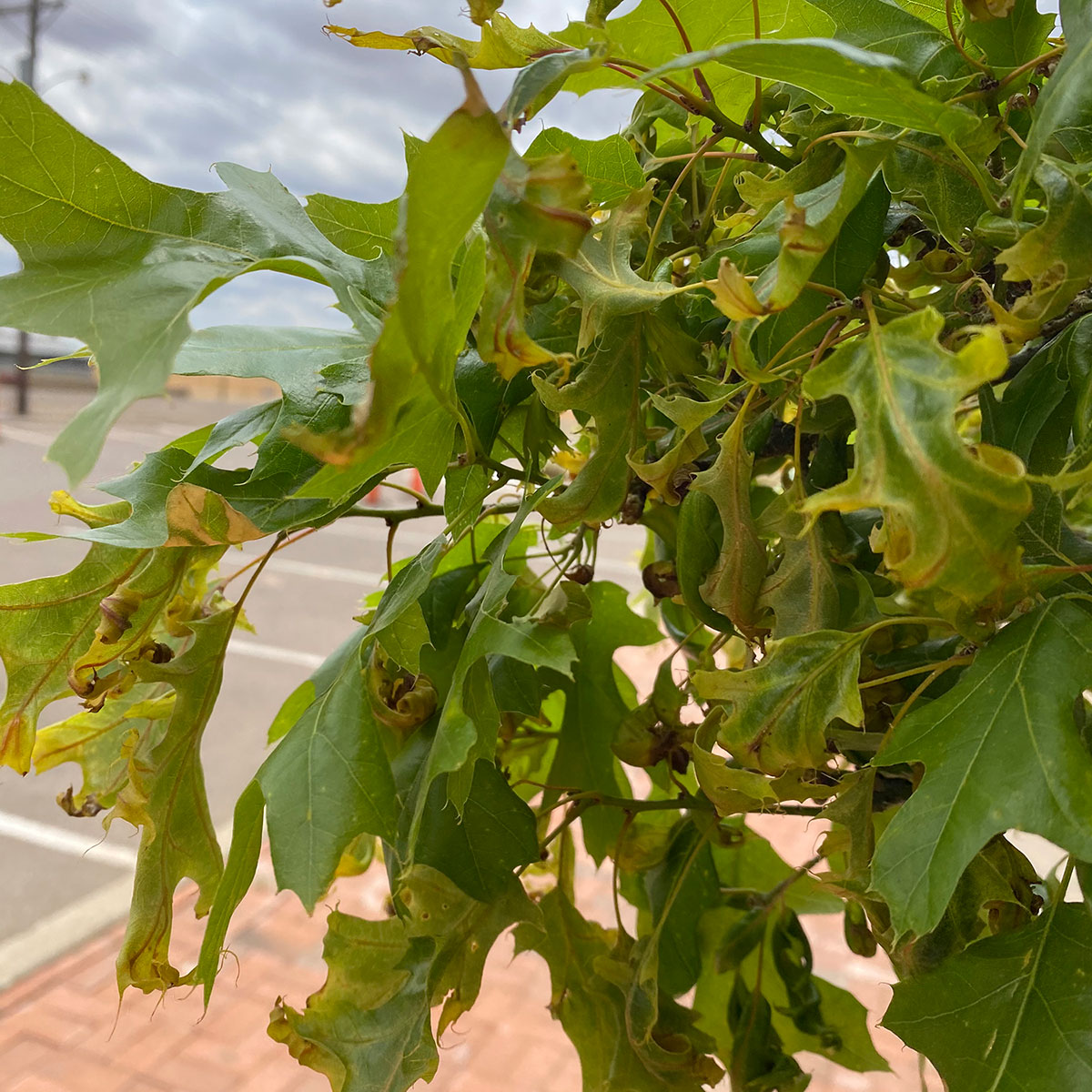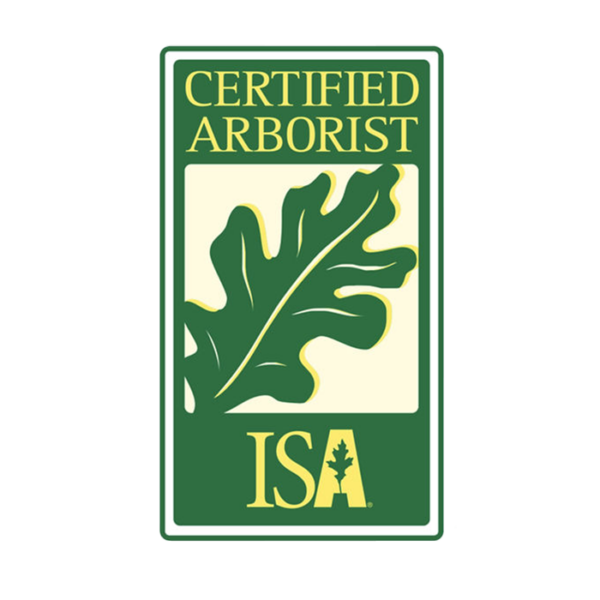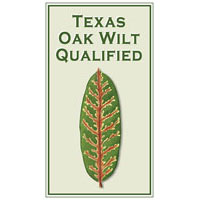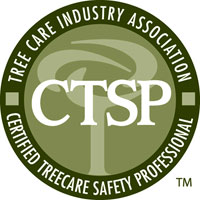In the quest for a pristine lawn, homeowners often turn to herbicides to banish pesky weeds. However, beneath the surface of that flawless green carpet lies a potential threat to your trees. Let’s uncover the hidden dangers of common lawn herbicides and their unintended impact on your tree’s health.
The Problem
Lawn herbicides, while effective at targeting weeds, can inadvertently harm nearby trees. Your beautiful trees are technically a broadleaf plant (with a few exceptions like Pines). Most herbicides used to control weeds around your trees are targeting broad-leaf weeds. This means these herbicides’ same fatal effects on broadleaf weeds apply to any broadleaf plant, including your trees! Herbicide application can lead to drift and runoff, exposing trees to harmful chemicals. Tree roots can absorb these herbicides through the soil or absorbed by the tree’s foliage from spray drift at the time of application, disrupting their growth and overall health.
Imagine the lush canopy of your favorite tree suddenly marred by yellowing leaves or stunted growth. These are telltale signs of herbicide exposure, signaling distress and potential long-term damage to your tree’s vitality. Every spring, HTT receives dozens of calls related to herbicide damage from lawn control applications. One of the most common scenarios is when a homeowner applies a granular product (from a bag and spread using a fertilizer spreader) that combines a weed control and fertilizer product in one bag. The unassuming homeowner applies the product with the common idea that if a little is good, then more is better. These broadleaf herbicide containing products then get watered into the soil and directly absorbed by any nearby tree roots. Typically, signs of herbicide damage will become apparent in the tree’s canopy within one to two weeks, sometimes even more quickly.
The Solution
To safeguard your trees from the unintended consequences of herbicide applications, consider alternative weed control methods. Manual removal, mulching areas under trees to avoid the need for herbicide applications, and selective herbicides targeted at specific weed species can help protect your trees while maintaining a weed-free lawn.
Consider hiring a locally based lawn care professional who at least has a base knowledge of tree biology and how any application made to a lawn where trees are present can have a direct impact on tree health. Our experience at HTT is that many of the “national” brand lawn care companies do not possess the local knowledge specific to our region to preserve tree health and maximize the results you desire for your lawn.
Next Steps
Take action today to protect your trees from the hidden dangers of lawn maintenance. Embrace alternative weed control methods, minimize the need for weed control through mulching the root zone under your tree, consider using a local, knowledgeable lawn care professional, and spread the word to fellow homeowners about the importance of mindful herbicide use.
Your trees are invaluable assets to your property, providing shade, beauty, and environmental benefits. Don’t let common lawn herbicides jeopardize their health and longevity. Contact Hildebrandt Tree Tech today if you would like to schedule a consultation with one of our ISA Certified Arborists to help guide you through the dynamics of tree care and lawn care in shared spaces. By equipping yourself with the right knowledge, you can nurture a thriving lawn while preserving the health and vitality of your trees for generations to come.






